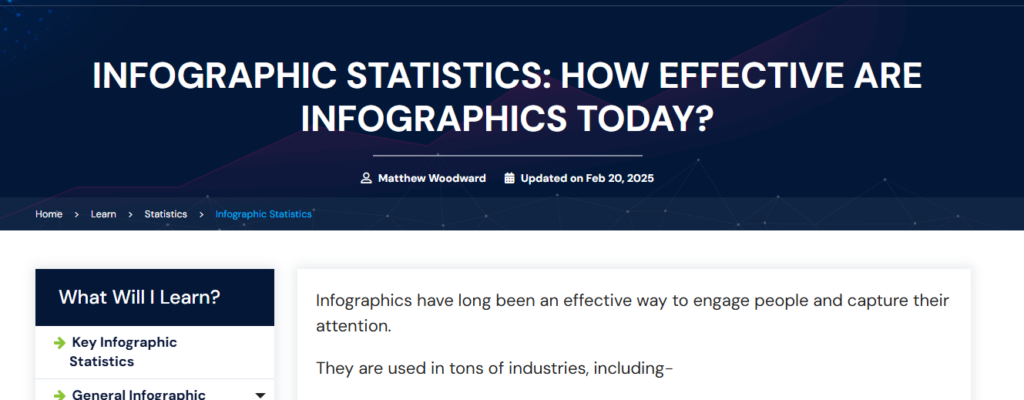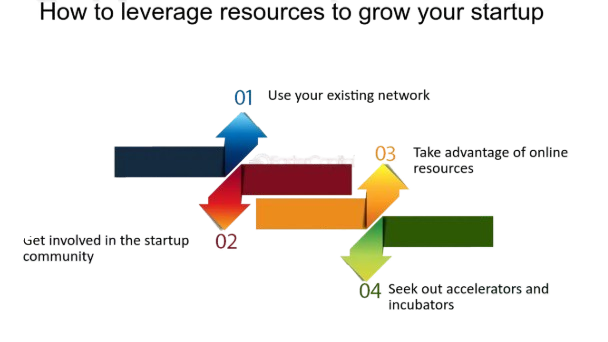The Ultimate Guide to Link Building: Boost Your SEO with Proven Strategies
Introduction
In the ever-evolving world of digital marketing, link building remains a cornerstone of search engine optimization (SEO). It’s not just about getting any links—it’s about securing high-quality, relevant links that elevate your website’s authority and rankings. Whether you’re a beginner or a seasoned marketer, mastering SEO link building can transform your online presence. In this comprehensive guide, we’ll dive into what link building is, why it matters, and how you can implement effective strategies to dominate search engine results in 2025.
What is Link Building and Why Does It Matter?
Link building is the process of acquiring hyperlinks from other websites to your own. These backlinks act as votes of confidence, signaling to search engines like Google that your content is valuable and trustworthy. In the realm of SEO link building, the quality, relevance, and diversity of these links play a critical role in determining your site’s ranking potential.
Why does it matter? Studies show that backlinks are one of Google’s top-ranking factors, alongside content quality and user experience. A strong link profile can:
• Improve your domain authority (DA).
• Drive organic traffic.
• Enhance your brand’s credibility.
Without a solid link-building strategy, even the best content can languish in obscurity. Let’s explore how to make it work for you.
Image Suggestion: A colorful infographic titled “Why Link Building Matters,” featuring stats like “91% of web pages get no organic traffic without backlinks” and icons representing authority, traffic, and credibility.
The Foundations of Effective Link Building
Before diving into tactics, you need to understand the core principles of link building. Not all links are created equal—here’s what separates the good from the bad:
1. Relevance: Links from sites in your niche carry more weight. For example, a backlink from a tech blog to your software website is more valuable than one from a random recipe site.
2. Authority: High-authority websites (think Forbes, TechCrunch, or industry leaders) pass more “link juice” to your site.
3. Natural Placement: Links should fit organically within content, not feel forced or spammy.
4. Diversity: A mix of link types—editorial, guest posts, directories—creates a healthy backlink profile.
Google’s algorithms, like Penguin, penalize manipulative tactics (e.g., buying low-quality links), so focus on earning links ethically.


Visually appealing infographic with statistics about link-worthy content and SEO backlinks.
Top Link-Building Strategies for 2025
Ready to build links that skyrocket your SEO? Here are proven strategies to get started:
1. Create Link-Worthy Content
The backbone of SEO link building is exceptional content. If your content solves problems, provides unique insights, or entertains, others will naturally want to link to it. Types of link-worthy content include:
• Ultimate Guides: Like this one! Comprehensive resources attract links from bloggers and businesses.
• Data-Driven Posts: Original research or statistics (e.g., “2025 SEO Trends Survey”) are link magnets.
• Infographics: Visual content is highly shareable and linkable.
Pro Tip: Promote your content on social media and outreach to industry influencers to amplify its reach.
2. Guest Posting
Guest blogging remains a powerhouse in link building. By writing high-quality articles for reputable sites in your niche, you can secure backlinks in your author bio or within the content itself. Here’s how:
• Identify authoritative blogs using tools like Ahrefs or Moz.
• Pitch unique, value-packed topics (avoid generic ideas).
• Include a natural link to your site where relevant.
For example, if you run a digital marketing site, guest post on a blog like Search Engine Journal with a topic like “The Future of SEO Link Building in 2025.”


3. Broken Link Building
This clever tactic involves finding broken links on other websites and offering your content as a replacement. It’s a win-win: you help the webmaster fix their site while earning a backlink. Steps:
• Use tools like Check My Links or Ahrefs to find broken links in your niche.
• Create or identify relevant content on your site to replace the dead link.
• Reach out politely with a personalized email.
Example Email:
“Hi [Name], I noticed a broken link on your [page URL] under [section]. I have a resource on [topic] that could be a great replacement. Here’s the link: [your URL]. Let me know if it works for you!”
4. Leverage Resource Pages
Many websites maintain “resource” or “useful links” pages. If your content fits, pitch it for inclusion. Search for these pages using queries like:
• “inurl:resources + [your niche]”
• “best [your niche] tools site:.edu | site:.org -inurl:(signup | login)”
Craft a concise pitch explaining why your content adds value


5. Build Relationships with Influencers
Networking is key in link building. Connect with bloggers, journalists, and influencers in your industry via social media or email. Share their content, comment on their posts, or collaborate on projects. Over time, they’re more likely to link to you naturally.
